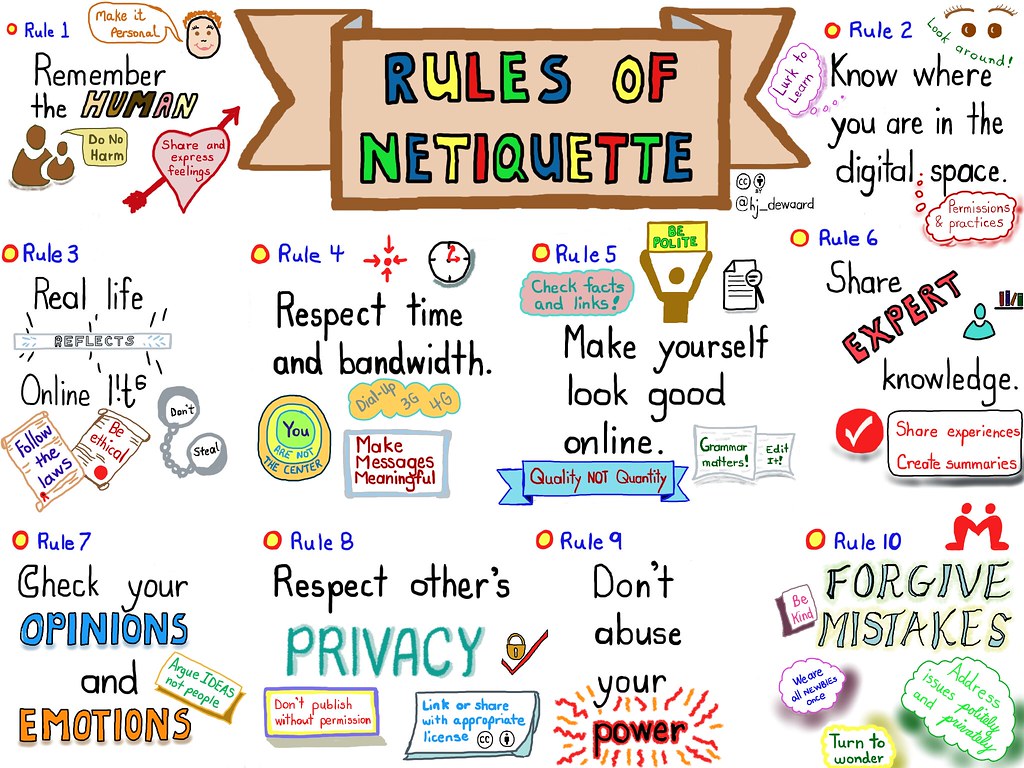At this year’s ALT (Association for Learning Technology) conference which ran 7-9th September the phrase Netiquette kept coming up. At first, I thought I had misheard it or there was some mispronunciation. It kept coming up. During the session on Future Pedagogical Imaginings somewhere between Blended and Hy-flex, I wrote in my notebook – Netiquette it’s thing.
Do you remember your first online sessions where emoji went flying and the chaos of breakout rooms? Sounds of people eating crisps and noise of drilling. Or cries of, “Mum, I’m talking to my teacher!”
Then there is the debate about cameras on or off. There were several sessions at the conference which touched on this topic. “Should we see students’ cameras when we teach online synchronous sessions?” from the digital learning team at University of Sheffield went into more depth.
I really enjoyed this session as it explored the technical, moral, and ethical issues around this debate. For keeping cameras on, it was more about interaction and monitoring engagement as well as social aspects. For keeping cameras off, there are technical issues of bandwidth and WIFI access. If we as teachers experience technical issues, then our learners do as well.
One of the key arguments for camera off for me was the right to privacy. We have all been forced into inviting people to look through a window into our homes. This can cause people a lot of anxiety and can led to cognitive disengagement.
Netiquette is more than about cameras. It is about the correct way of conducting yourself when communicating online. Here are just some for you to consider.
- Be On Time
- Come Prepared
- Find a quiet place
- Mute your mic
- Have good lighting
- Dress appropriately
- Wear headphones
- Know what is behind you
- Stay attentive
- Raise your hand to talk
- Be respectful
- Inform people the session is being recorded
Just like in the classroom you have expectations of your learner’s behavior, such as putting phones away. Yet sometimes you will want to break netiquette. You might want a freer flowing discussion, or you might want cameras on at the beginning and end of sessions. What works for one subject might not work for another. As the groups dynamic shifts, the netiquette will shift.
What is important is that your learners know what the expectations are and there is consistency in your approach and message. A good way to show this might be a traffic light system. A simple table which you can then change at start and hinge points in the lesson can make it really clear to your learners. You can adapt this tool for in class as well.
For examples when it’s ok to have your phones out as they could be useful for at in the session or when you want active note taking.

Amber could be used for personal choice and green and red being more firmer requests from the tutor.
This is just unexampled of how a couple of sessions at this year’s ALT conference inspired my practice and reflection on managing a class either face to face or online.
All the sessions from ALT 2021 are available from the ALT annual conference Programme page.


